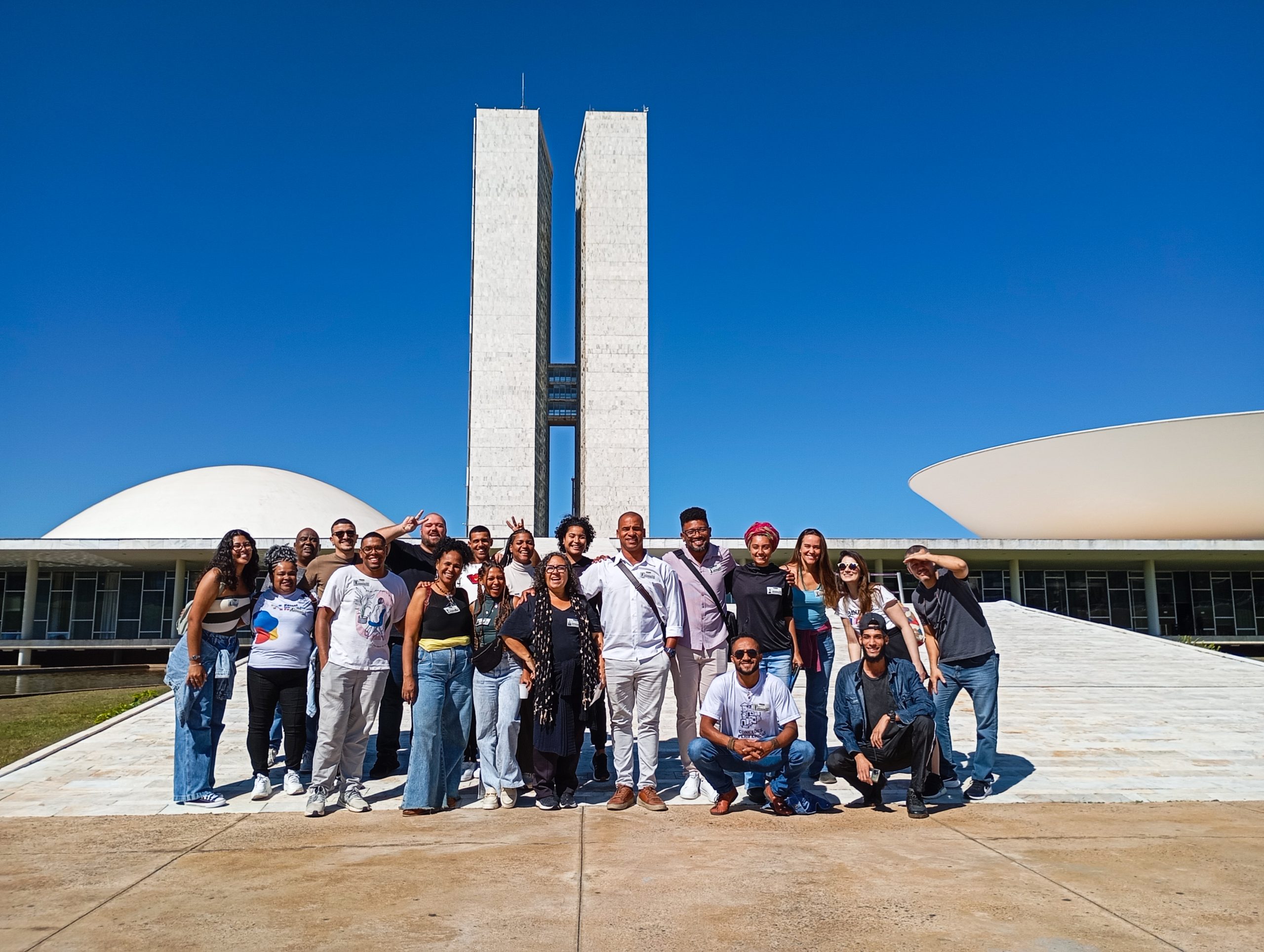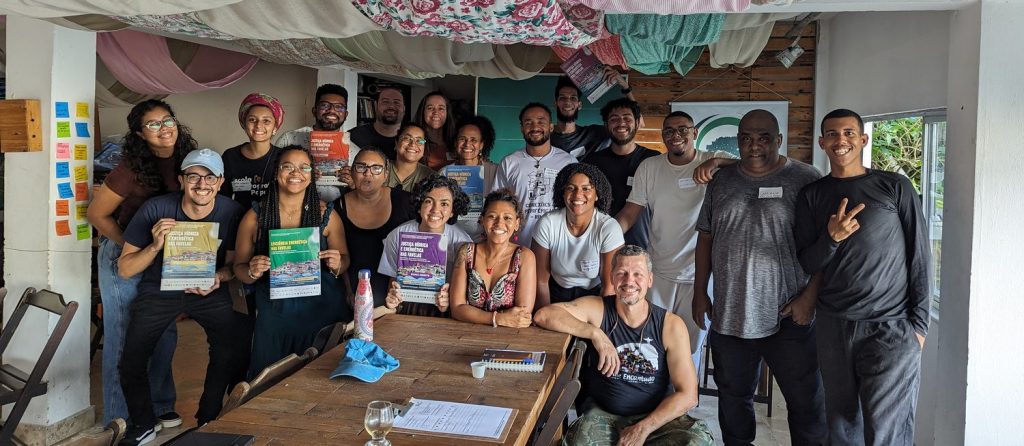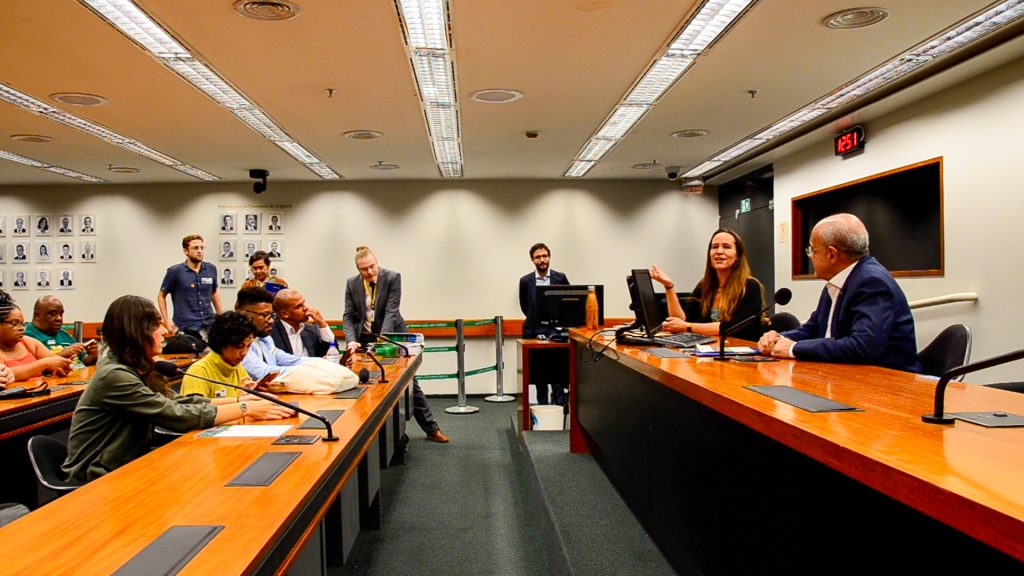The energy that comes from the favela


The energy that comes from the favela
According to a popular saying, unity is strength, and practice corroborates this by showing that unity also generates energy. This is the reality of the Sustainable Favela Network (RFS), which is an organization that works for climate justice and seeks solutions in the favelas for the favelas. Created from Comunidades Catalisadoras (ComCat), which has been developing projects in the favelas of Rio de Janeiro since the early 2000s, the network acts to boost already existing solutions in these regions, in order to promote what it calls “Community Development Based on Assets.”
A study by the Municipal Secretary for the Environment of Rio de Janeiro and the University of São Paulo (USP) identified that the favelas and peripheral neighborhoods can register thermal variations of up to 10oC above the average of the richest and most urbanized regions, therefore being most affected by climate change. This is already a reality in the communities, and the RFS is mobilizing itself so that these regions become more resilient and autonomous and establish sustainable power sources.

It is composed of 500 members, with more than 300 community mobilizers from 295 favelas and communities in Rio de Janeiro. In its seven years of activity, the RFS has already participated in the installation of solar panels, the construction of biosystems to treat sewage, the assembly of green roofs and community gardens, data collection to support health policies and, in the most recent initiative, in favor of energy justice.
Data for change
Thaysa Santos is 22 years old and from São João de Meriti. Since the age of 15, she has been dedicated to social mobilization projects in Baixada Fluminense that involve sustainability, art and identity. She is the youngest of the group of 45 young people and leaders who developed the survey Energy Efficiency in the Favelas, which was presented in May, during World Energy Week, in Brasília.
Before interviewing the 1,156 families in 15 favelas in the metropolitan region of Rio de Janeiro who participated in the survey, the young woman and her colleagues completed the course “Researching and Monitoring Water and Energy Justice in the Favelas.” The training involved more than 50 hours and was held between March and September 2022. It took place so that they could learn the step-by-step processes of a survey – from the design of the form, going through the approach in the interviews, to the presentation of the data.
“When I thought about the citizen data interaction, I believed that producing data was something complex, difficult and inaccessible. With the course, we realized that we are generating data all the time in the favelas and the institutions. We learned that it is possible to systematize this piece of information, create graphs and databases and, from this, we can create mapping systems. This is knowledge that I will take with me for the rest of my life,” said Thaysa.
Unlike traditional surveys, in which the residents are interviewed by people who are not part of that particular context, the analysis of “Energy Efficiency in the Favelas” was carried out by people from the communities – who understand and share the same challenges faced by the interviewees. “It is not only about knocking on the door and asking questions. We developed a relationship by listening to our neighbors, people we sometimes only knew by sight. People invited us in to have a coffee or lunch. Some favelas had police operations and, even so, we managed to collect the data, discuss, and create coordination strategies. It was really impressive!” said the young woman.

iCS, which was already a partner of ComCat, financed the course, the scholarships designed for the young people in training and the developments that took place after the conclusion of the study.
Energy reality
The analysis focused on the renewal of the electricity concessions and on the access and the quality of the power supplied to the favelas. More than 55% of the participants interviewed lived below the poverty line, and 41.5% of the families earning up to half a minimum salary had been without electricity for more than 24 hours in the three months prior to the survey. Furthermore, 32.1% of those interviewed reported having already lost household appliances due to failures in the power supply.
The study also highlighted the importance of the Social Tariff for Electricity (TSEE) and how the lack of access to an affordable tariff creates difficulties in the communities. For example, in avarage, families pay for electricity twice as much as their budgets can allow, and 31% pay a disproportionate portion of their family finances on the electricity bill. If the tariff were reduced, 69% of the families said they would spend more on food. Furthermore, 68.7% of the participants were not even aware of the TSEE and, among those who complied with the criteria to receive the benefit, only 8% took advantage of it.
The research also showed that the “gato” [electricity theft] is, for the poorest, the only way to access energy. As income increases, the incidence of families who obtain their energy through this means decreases. The adoption of social solar energy was also explored as a viable solution, which is capable of bringing autonomy and sustainability to the favelas, benefiting the entire area.
“You only win when people are empowered by their own information. We saw the creation of a network of residents being strengthened by the data itself, becoming more autonomous and independent. This combination of data with the people is very strong,” says Thereza Williamson, the executive director of ComCat.
Mobilization in Brasília: exporting solutions
In Brasília, the delegation presented the results of the survey and discussed solutions with the federal authorities. The agenda included a meeting in Congress and participation in the public hearing “Just Energy Transition: The Social Role of Solar Energy.”
During the visit to the capital of the country, the delegation shared its successful experiences of energy solutions.

“It was very powerful to share the data and the interviews and to hear feedback from the technicians at Aneel (the Brazilian National Agency for Electric Energy). They said that they had been unable to obtain this piece of information, which is essential for monitoring, that the group was able to obtain. The exchanges and the respect that were given by the authorities to the leaders were incredible, both for the personal fulfillment of the leaders and young people and for us to understand what future steps we can take,” says Thereza.
The group also received information from the Aneel technicians, who demystified, for example, the “gato” as a problem that is exclusive to favelas. “They told us that this also exists in the wealthier areas, and it left all the young people very surprised. It is information that helps us to see that the favela is not a problem to be solved. Until we change the narrative in relation to the favela, as a place full of possibilities, there will be no development to live in it with dignity,” she declares.
